#films 35mm kodak french photographer
Text

melancholia on #35mm
one of the last pictures from Martinique
#argentique#film photography#artists on tumblr#photography#analog#doubleexposure#photooftheday#color photography#35mm color film#35mm photography#35mm film#nature#carribeanlife#carribean#fwi#french west indies#martinique#artist on tumblr#photographers on tumblr#color film#experimental photography#kodak 35mm#kodak pro image 100#expired film#35mm color photography#filmisnotdead#35mm#flowers#photo
5 notes
·
View notes
Text
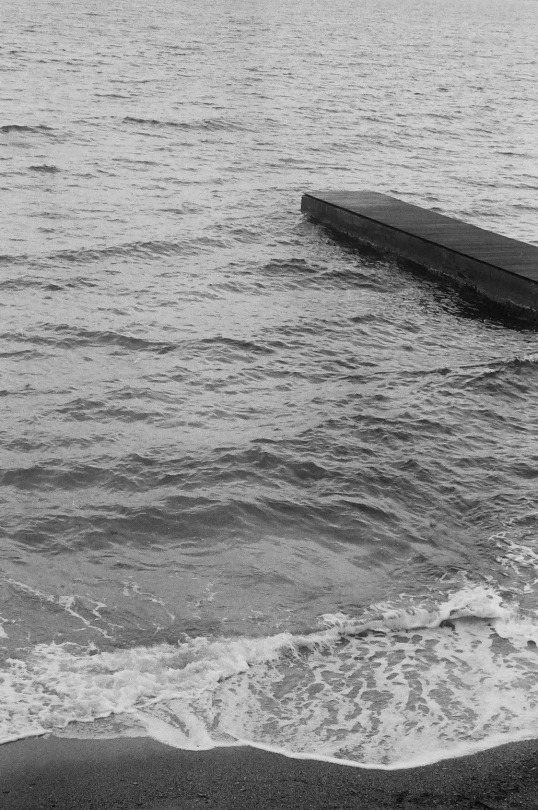
#35mm#filmphotography#filmisnotdead#film#photography#analogphotography#35mmfilm#analog#ishootfilm#kodak#streetphotography#staybrokeshootfilm#shootfilm#filmcommunity#photooftheday#canon#35mmphotography#nikon#filmcamera#blackandwhite#fujifilm#believeinfilm#photographer#filmphotographic#filmfeed#portrait#filmisalive#art#travel#french riviera
3 notes
·
View notes
Text

Paris, 2022
#parisian vibe#parisian life#french#france#35mmdiary#kodak 35mm#35mm color film#35mm film#35mm#35mmstreetphotography#analog#film is not dead#film photography#film camera#nikonphotography#film is alive#blck_ml#photographers on tumblr#travel photography#kodak#on film
20 notes
·
View notes
Photo

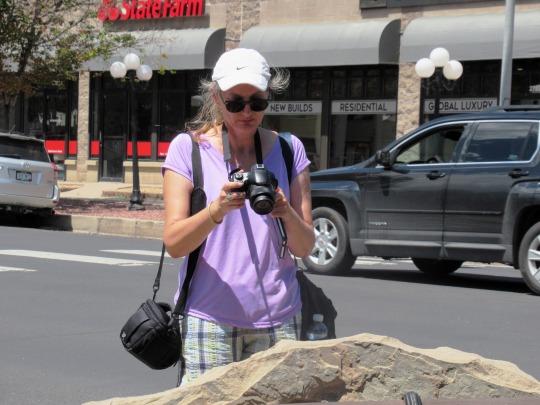
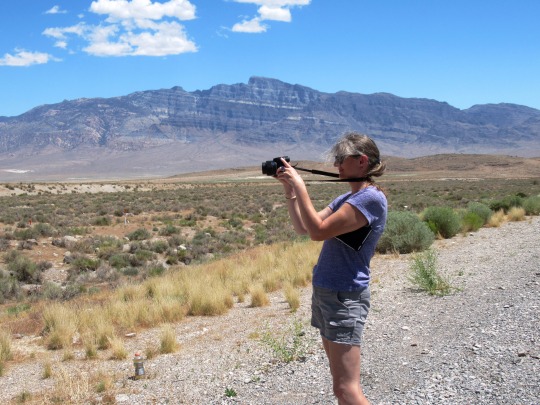
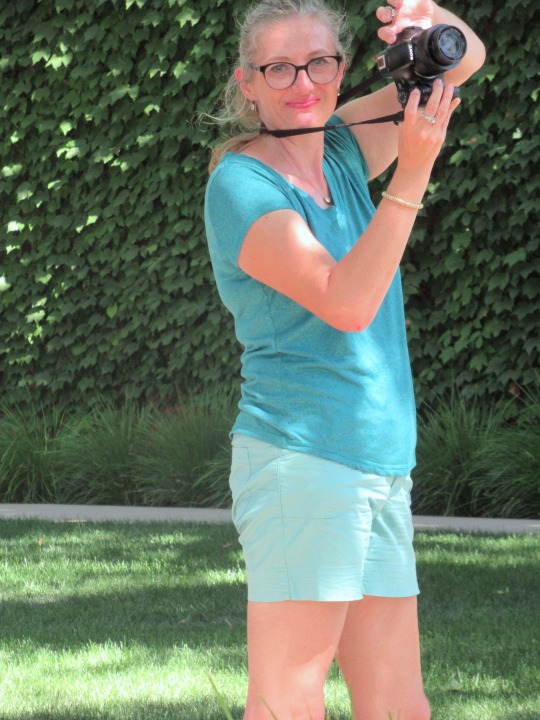
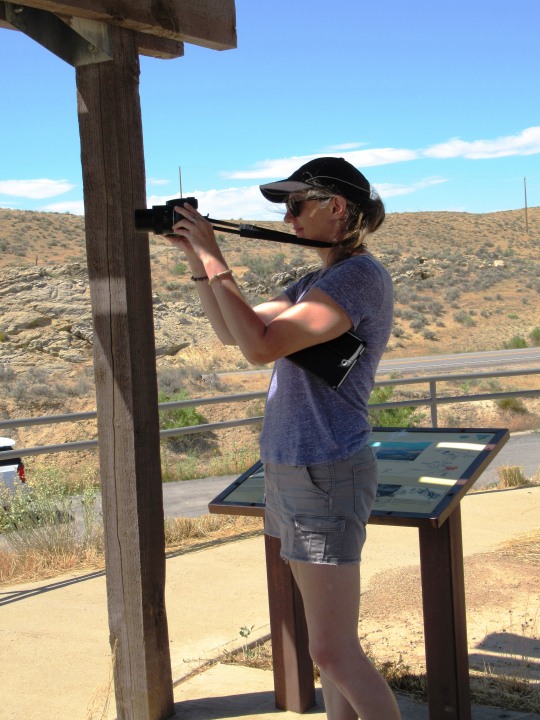
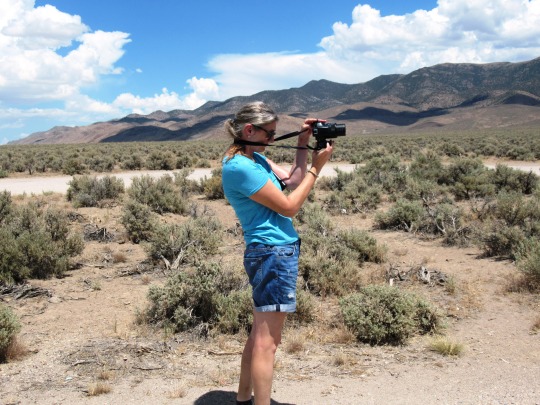
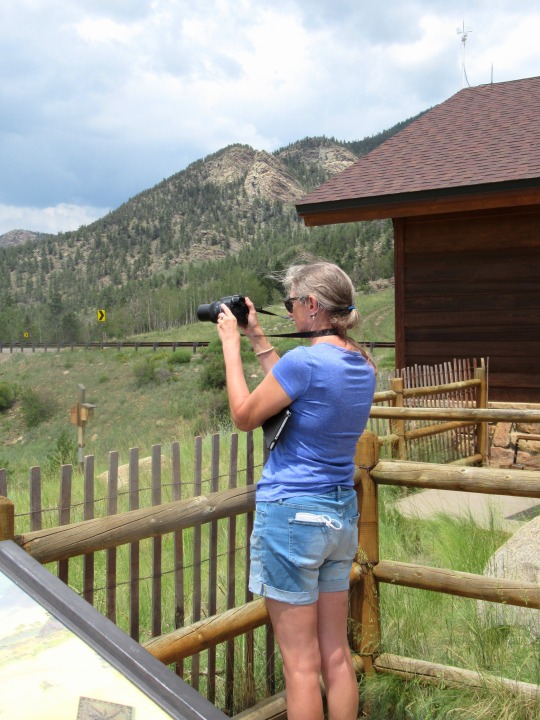

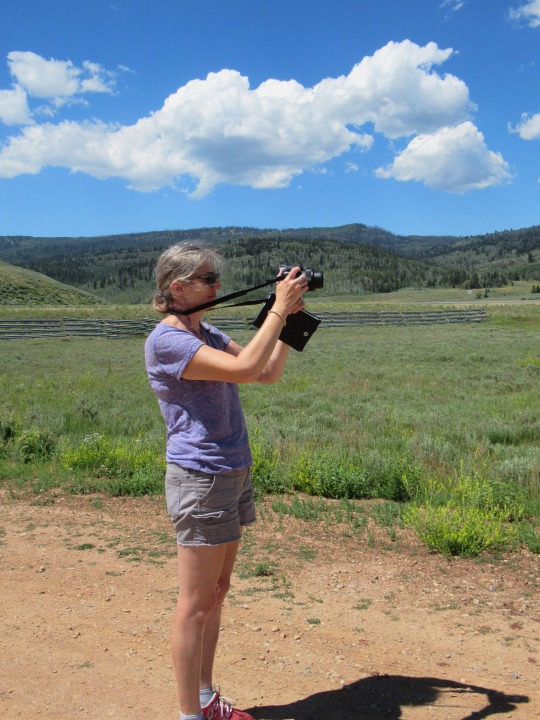

National Camera Day
Dust off an old digital camera, buy a disposable camera, or just fire up your smartphone and snap some pictures of your day to keep those memories forever.
The origin of National Camera Day is unknown, but it is used as a reminder for us to remember the existence of the camera and its many benefits. After all, how many other mediums can capture people and places so beautifully? How many other mediums can evoke smiles of memories past, or reminders of events that have shaped our lives?
The camera, in all of its many forms, is to be celebrated. This humble device has become a major part of our lives, and so, on National Camera Day, snap some photos during your lunch hour, on your commute to work, or whenever a moment of inspiration strikes.
Of course, the way you take pictures probably won’t be the way that people did it before the advent of digital photography and smart devices. Readers of a younger generation will be reaching for their smartphones to take photos of the world around them. And even if you are somebody who was well-versed in the wonderful world of 35mm film and zoom lenses, you might still find yourself reaching for your mobile device instead of that vintage camera from yesteryear.
Still, no matter what type of device you use to take photos, do something this National Camera Day. We all need to express ourselves creatively, so let your juices flow when you’re out and about or pottering around in your home, and take some magical pics.
History of Cameras and Photography
Cameras and photography have developed substantially over the years, from its early roots with the French inventor Joseph Niépce right up to modern day digital photography.
Joseph Niépce was a French inventor and is most noted as one of the inventors of photography and as a pioneer in the field. He developed the heliograph; a technique used to produce the world’s first known photograph in 1825, the view from the window at Le Gras the families estate.
In 1839, Louis Jacques Daguerre took the first fixed image that didn’t fade. He is recognized for his invention of the daguerreotype process of photography. He became known as one of the fathers of photography. His method required 30 minutes of exposure. He named the process – the Daguerreotype. Tintypes were developed in 1856 by Hamilton Smith and decades later, George Eastman invented flexible and unbreakable film that could be rolled. This was the birth of the first Kodak that was offered for sale in 1888.
In 1925 the Leica I went on sale, and its immediate popularity spawned a number of competitors. Kodak was one such competitor, and they released the Retina I in 1934. Though 35 mm cameras were still out of reach for most people things would soon change with the introduction of the inexpensive Argus A in 1936. The Japanese camera industry began with the birth of Canon in 1936 with its 35 mm rangefinder. Japanese cameras would soon become incredibly popular in the West after the Korean War as veterans and soldiers stationed in Japan brought them back to the United States.
While conventional cameras were becoming more refined and sophisticated, an entirely new type of camera appeared on the market in 1948. While TSLR and SLR were still the rage this new camera would change the way people would capture memories. This was the Polaroid, the world’s first instant-picture camera where no film development was needed. Known as a Land Camera after its inventor, Edwin Land, this camera was able to produce finished positive prints from the exposed negatives in under a minute. This new camera took the market by storm as people no longer had to sit still for long periods of time in order for their photographer to snap a picture.
The first digital camera that was commercially sold was in December of 1989 in Japan, the DS-X by Fuji. In 1991, Kodak brought to market the Kodak DCS-100, the beginning of a long line of professional Kodak DCS SLR cameras that were based in part on film bodies. It used a 1.3 megapixel sensor and was priced at $13,000.
The first commercially available digital camera, in the United States, was the 1990 the Dycam Model 1. It was originally a commercial failure because it was black and white, low in resolution, and cost nearly $1,000 but this changed and soon became loved by photographers.
With the standardisation of JPEG and MPEG in 1988, image and video files could be compressed for storage onto a SD or CF card. With the introduction of the Nikon D1 in 1999 at 2.47 megapixels, this was the first digital SLR that was entirely by a major manufacturer. The D1 cost just under $6,000 and was inexpensive for professional photographers and high-end consumers. This camera also used Nikon F-mount lenses, which meant photographers could utilise many of the lenses they already owned.
By 2010, nearly all mobile phones featured built-in camera with a resolution of 1-2 megapixels digital video camera. Many cameras also featured built-in GPS.
How To celebrate National Camera Day
You don’t need to know the history of the camera to celebrate National Camera Day, but while we have given you a snapshot of the people and events that have paved the way for the cameras we use today, you could make a special effort to learn more, be that at your local library or by looking up facts online.
The most obvious thing to do today is to take some pictures of your own. Use your smartphone if that is your camera of choice, but if you do have access to a digital camera or something that still uses film, brush the dust off it, and take it out for a walk. Who knows what you might see when you’re out and about, be it a comical moment that you can later share with your friends, or a piece of rare beauty that you can capture in a photograph to be looked on forever.
Take photos of your family and friends too, and along with any other pictures you take, share them on social media if they were digitally taken. And why not gift a photo to another? If you have taken something that will have special resonance for another, print it off and put it in a photo frame.
Today could be the day to push yourself out of your comfort zone. So, you might put down your phone and use an actual camera for your photos, and you could take shots of something that you have never attempted before. It could be a sunrise or sunset, birds in flight, or a scenic view at great height, as just a few examples. Just be careful if you attempt that last one!
Source
#Canyonlands National Park#Mesa Verde National Park#Wilkerson Pass#Utah#Nevada#Colorado#Old Colorado City#Colorado Springs#cityscape#USA#landscape#countryside#Hall Winery#reflection#Louis M. Martini Winery#California#summer 2022#original photography#National Camera Day#29 June#taking photos#NationalCameraDay
4 notes
·
View notes
Text
While we had shot 16mm on Moonrise Kingdom, we were back to 35mm this time, mostly black-and-white stock, with some color at certain points. We found a place in Paris to process the stuff, but getting the stock was much more of an issue. Only so much gets made in Rochester, New York, so there is a huge lead time when ordering. It’s made to order pretty much just for us, though Kodak and I both hope it inspires others to shoot monochrome. Equipment-wise, These are the same ArriCam ST and LT cameras I used twenty-five years ago; for lenses, beginning with Hotel, we began using the Cooke S4s.
===
As far as I’m concerned, digital projection is the death of cinema as I know it,” he once said. “At least it does nothing for me. I actually think I’m getting gypped [sic] when I go to a movie, and I realise that it’s either been shot on digital or is being projected in digital. It’s the death keel, the death rattle.”
For Tarantino, though, the real reason for his insistence on using film in his movies is that it preserves the “magic of movies” and comes down to how movies, in general, do not capture movement as we think they do but rather capture a series of still images which give the illusion of movement.
“The magic of movies is connected to 35mm because everyone thinks that when you’re filming something, you’re recording movement,” he noted. “You’re not recording movement; you are just taking a series of still pictures. There’s no movement in movies at all. They are still pictures, but when shown at 24 frames a second, it creates the illusion of movement.”
The director is keen that by stressing the importance of shooting on film, the true magic is kept alive. “By shooting it in 65mm, I’m guaranteeing, to some degree or another, there will be 70mm film prints out there in the world screening for people who care,” he said. “I’m hoping that the next generation will demand the real thing.”
Tarantino is at least willing to concede a few benefits to shooting digitally. “The fact that a young filmmaker can just buy a cellphone and can put together an interesting story and make a movie and that film can be legit. It’s a more democratic artistic society.” But for established filmmakers shooting digitally, well, Tarantino has “no fucking idea”. That’s that, then. Film, according to the iconic director, is the only way to go.
...Burbank, Calif.-based Fotokem is the last film lab in Hollywood. Kodak shut its L.A. office this past year, but Evenski said that while its local reps work from their homes, film can be shipped to customers or obtained at a local pickup station at Protek.
===
2015
Christopher Nolan, Judd Apatow, Edgar Wright, J.J. Abrams and Bennett Miller were photographed by Austin Hargrave on Dec. 12 at the Vista Theatre in Los Angeles.
Kodak has finalized deals with the major Hollywood studios that will allow film to remain alive, at least for the near future. This marks the completion of the deal that Kodak said was near-final last summer, when negotiations began.
Disney, Fox, Paramount, Sony, NBC Universal and Warner Bros. have all reached agreements with Kodak to purchase undisclosed amounts of film over “a few” years that would be enough to extend Kodak’s film manufacturing business. The value of the deals were not disclosed.
Andrew Evenski, Kodak’s president of entertainment and commercial films, told The Hollywood Reporter that Kodak is now “actively working with the independents. We are currently looking at it film by film, but hoping for some agreements [along the lines of the majors].” He added that Kodak is also aggressively targeting pilot season work.
0 notes
Text


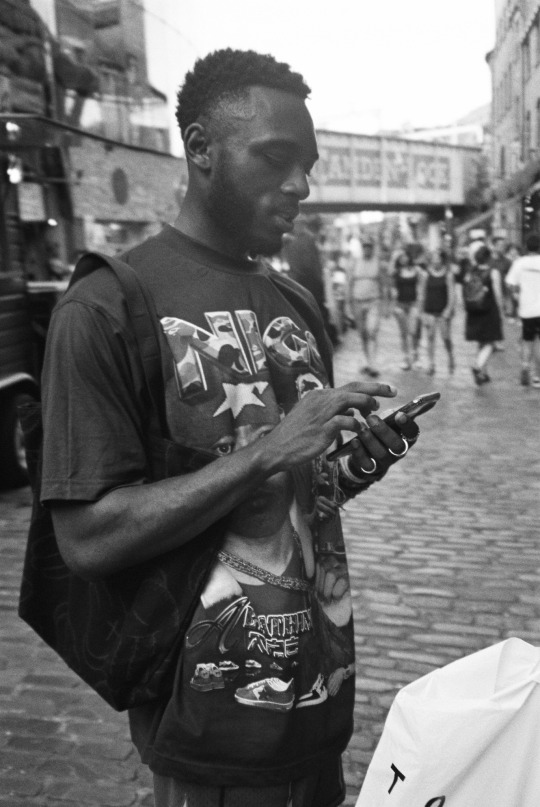
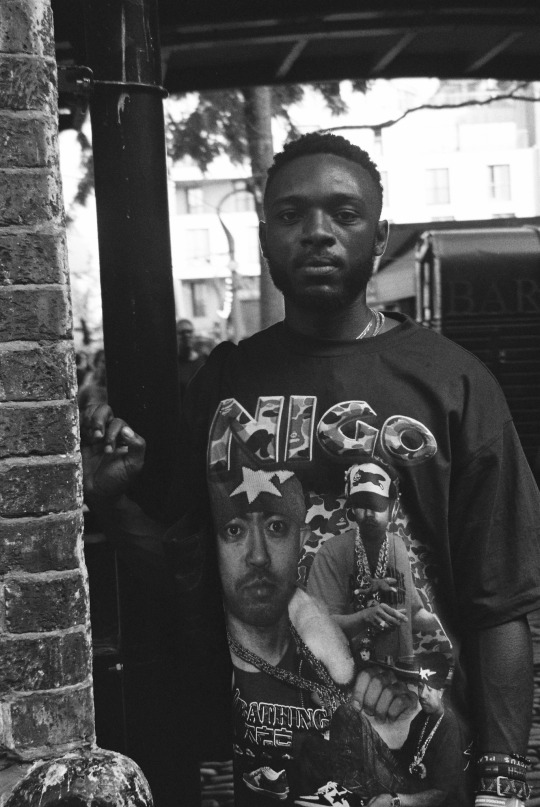
Meet new Friends En Camden ⚡️
#films 35mm kodak french photographer#photographie argentique#lyon france#films#black boy#american#Kaws#Nigo#bape#london#Camden#kodak blackwhite#canon
19 notes
·
View notes
Text

memorial of Franco-Prussion War
Contax G1 / Kodak Gold 200
#film photography#lensblr#ishootfilm#analog#analogue#35mm film#filmisnotdead#original photography blog#artists on tumblr#photographers on tumblr#photooftheday#kodakfilm#kodak gold 200#imiging#cherry blossom#memorial#german#french#franco prussian war#europe
475 notes
·
View notes
Photo

wild sunflowers
Chavannaz, France
#France#35mm#kodak ektar#analogue#film photography#French countryside#French alps#hiking#mountains#nature photography#sunflower field#countryside#european summer#original photography#travel diary#photographers on Tumblr#haute savoie
42 notes
·
View notes
Photo

Savoie, juillet 2020
#argentique#filmisnotdead#sunset#photographers on tumblr#35mm film#film photography#film#analogue#analog#canonae1#kodak#Kodak Gold 200#filmisgod#35mm color film#film 35mm#dreamy#sky#alps#French alps#lake
13 notes
·
View notes
Photo

I'm blinded by the lights
No, I can't sleep until I feel your touch.
✨
December 2020.
Burgundy, France.
#35mm#35mm photography#original photographers#photographers on tumblr#french#French girl#French artist#portrait#girl#blue eyes#eyes#reflection#analogue#analogue photography#film photography#film photographer#35mm film photography#kodak portra#kodak portra 160#portra 160#kodak film
19 notes
·
View notes
Photo




Following the river, june “20
#film#film photography#analog#analog photography#35mm#yashica T3#portra 400#kodak#kodak portra#landscape#original#original photographers#original photograph#nature#rémy chanteloup#remy chanteloup#photography#photo#french photographer#35mm film
13 notes
·
View notes
Photo
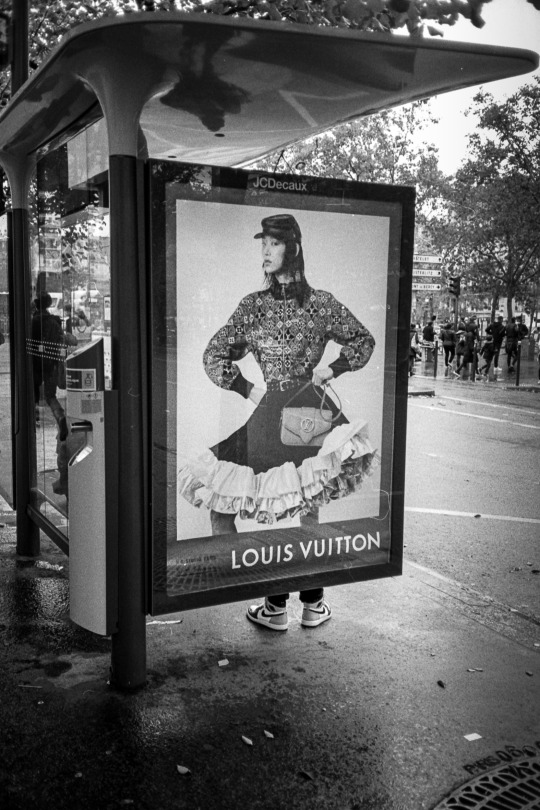
© www.tetedeloup.com
© https://www.instagram.com/gregoire.huret/
#35mm#paris#gregoire huret#analog#analogue#argentique#street photography#street photographer#streetphotography#paname#kodak#louisvuitton#jordan#french#film photography#shoot film#heybelieveinfilm#shootfilmstaybroke#bw#bnw#black and white#sneakers#mode#fashion#street life#streetlife#style#pfw#analogmag#vuitton
6 notes
·
View notes
Photo

Sarah, 2018 for “Cleo”
I’m really proud of myself, 2020 started and my hopes at getting a running start and doing a bunch of shoots fizzled pretty quick. As it stands nearing mid March I’ve done just two, and where in the past this would have driven me into an artistic depression I’ve largely been unconcerned. What happened? Somewhere toward the end of last year I did a bunch of shoots in a short period and took December off to work through all that material both physically and mentally. Then the year started and I found that emotionally I was still working through them. Shooting is always more fun than not shooting, but I’ve taken this time to look at my body of work and really evaluate it and it occurred to me that in the past I’ve leapt from one shoot to the other so quickly that I lost steam on projects I had grand plans for. I don’t know what “Transgressive” really holds for me but I expect that I’ve only just seen the tip of the iceberg and I really want to wallow in the concept a good while longer. I don’t consider any “finished” projects abandoned even if I’m not currently working on them, I just jumped ship too soon and I’m not sure I’ve totally explored what they mean to me fully. Cleo is one such project, it’s full of some exceptionally personal work both for me and more so for the participants and I hate that it’s currently two projects in the past, I never gave it the appropriate time to cook following the completion of the last shoot. So I’ve taken some time away in hopes that when I do come back it will be inspiring. I dipped my toes in last night and came across this gem.
#seattle model#seattle photographer#douglasfur365#portrait photographer#cleo from 5 to 7#agnes varda#black and white photographer#french new wave#analog#film#35mm#pentax k1000#kodak tmax 400#analog photographer#film photogrpahy#film is alive
56 notes
·
View notes
Text

Need another beach day soon asapppp...🌊
📷 Olympus MJU ii 🎞️ Kodak Gold 200
Crozon ²⁰²⁰
#original photographers#french photographer#photography#35mm film#35mm color film#film photography#film#filmisalive#kodakfilm#kodak gold 200#analog#bretagne#finistère#france
2 notes
·
View notes
Text








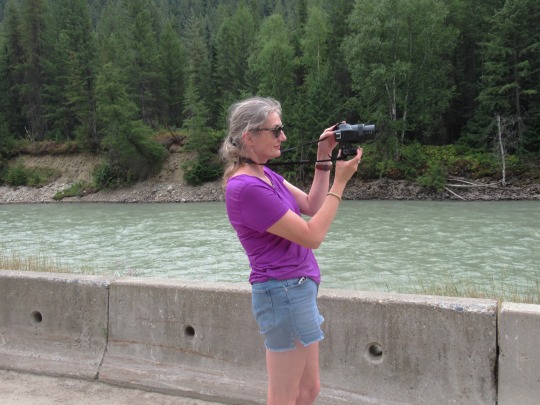





















National Camera Day
Dust off an old digital camera, buy a disposable camera, or just fire up your smartphone and snap some pictures of your day to keep those memories forever.
The origin of National Camera Day is unknown, but it is used as a reminder for us to remember the existence of the camera and its many benefits. After all, how many other mediums can capture people and places so beautifully? How many other mediums can evoke smiles of memories past, or reminders of events that have shaped our lives?
The camera, in all of its many forms, is to be celebrated. This humble device has become a major part of our lives, and so, on National Camera Day, snap some photos during your lunch hour, on your commute to work, or whenever a moment of inspiration strikes.
Of course, the way you take pictures probably won’t be the way that people did it before the advent of digital photography and smart devices. Readers of a younger generation will be reaching for their smartphones to take photos of the world around them. And even if you are somebody who was well-versed in the wonderful world of 35mm film and zoom lenses, you might still find yourself reaching for your mobile device instead of that vintage camera from yesteryear.
Still, no matter what type of device you use to take photos, do something this National Camera Day. We all need to express ourselves creatively, so let your juices flow when you’re out and about or pottering around in your home, and take some magical pics.
History of Cameras and Photography
Cameras and photography have developed substantially over the years, from its early roots with the French inventor Joseph Niépce right up to modern day digital photography.
Joseph Niépce was a French inventor and is most noted as one of the inventors of photography and as a pioneer in the field. He developed the heliograph; a technique used to produce the world’s first known photograph in 1825, the view from the window at Le Gras the families estate.
In 1839, Louis Jacques Daguerre took the first fixed image that didn’t fade. He is recognized for his invention of the daguerreotype process of photography. He became known as one of the fathers of photography. His method required 30 minutes of exposure. He named the process – the Daguerreotype. Tintypes were developed in 1856 by Hamilton Smith and decades later, George Eastman invented flexible and unbreakable film that could be rolled. This was the birth of the first Kodak that was offered for sale in 1888.
In 1925 the Leica I went on sale, and its immediate popularity spawned a number of competitors. Kodak was one such competitor, and they released the Retina I in 1934. Though 35 mm cameras were still out of reach for most people things would soon change with the introduction of the inexpensive Argus A in 1936. The Japanese camera industry began with the birth of Canon in 1936 with its 35 mm rangefinder. Japanese cameras would soon become incredibly popular in the West after the Korean War as veterans and soldiers stationed in Japan brought them back to the United States.
While conventional cameras were becoming more refined and sophisticated, an entirely new type of camera appeared on the market in 1948. While TSLR and SLR were still the rage this new camera would change the way people would capture memories. This was the Polaroid, the world’s first instant-picture camera where no film development was needed. Known as a Land Camera after its inventor, Edwin Land, this camera was able to produce finished positive prints from the exposed negatives in under a minute. This new camera took the market by storm as people no longer had to sit still for long periods of time in order for their photographer to snap a picture.
The first digital camera that was commercially sold was in December of 1989 in Japan, the DS-X by Fuji. In 1991, Kodak brought to market the Kodak DCS-100, the beginning of a long line of professional Kodak DCS SLR cameras that were based in part on film bodies. It used a 1.3 megapixel sensor and was priced at $13,000.
The first commercially available digital camera, in the United States, was the 1990 the Dycam Model 1. It was originally a commercial failure because it was black and white, low in resolution, and cost nearly $1,000 but this changed and soon became loved by photographers.
With the standardisation of JPEG and MPEG in 1988, image and video files could be compressed for storage onto a SD or CF card. With the introduction of the Nikon D1 in 1999 at 2.47 megapixels, this was the first digital SLR that was entirely by a major manufacturer. The D1 cost just under $6,000 and was inexpensive for professional photographers and high-end consumers. This camera also used Nikon F-mount lenses, which meant photographers could utilise many of the lenses they already owned.
By 2010, nearly all mobile phones featured built-in camera with a resolution of 1-2 megapixels digital video camera. Many cameras also featured built-in GPS.
How To celebrate National Camera Day
You don’t need to know the history of the camera to celebrate National Camera Day, but while we have given you a snapshot of the people and events that have paved the way for the cameras we use today, you could make a special effort to learn more, be that at your local library or by looking up facts online.
The most obvious thing to do today is to take some pictures of your own. Use your smartphone if that is your camera of choice, but if you do have access to a digital camera or something that still uses film, brush the dust off it, and take it out for a walk. Who knows what you might see when you’re out and about, be it a comical moment that you can later share with your friends, or a piece of rare beauty that you can capture in a photograph to be looked on forever.
Take photos of your family and friends too, and along with any other pictures you take, share them on social media if they were digitally taken. And why not gift a photo to another? If you have taken something that will have special resonance for another, print it off and put it in a photo frame.
Today could be the day to push yourself out of your comfort zone. So, you might put down your phone and use an actual camera for your photos, and you could take shots of something that you have never attempted before. It could be a sunrise or sunset, birds in flight, or a scenic view at great height, as just a few examples. Just be careful if you attempt that last one!
Source
#California#summer 2023#original photography#National Camera Day#29 June#taking photos#NationalCameraDay#travel#vacation#landmark#cityscape#landscape#Canada#USA#Alberta#Yukon#British Columbia#Vancouver#Whitehorse#Whistler#Oregon#Washington#countryside#Jasper National Park
1 note
·
View note
Photo

avril 2017, les 2 alpes
#mountains#french alps#alps#nature is awesome#nature is beautiful#landscape on film#filmisalive#filmisnotdead#filmphotography#kodak film#35mm photography#35mm color film#35mm film#kodakmoments#kodak#les2alpes#mjuii#mju2#olympusmjuii#photographers on tumblr
11 notes
·
View notes